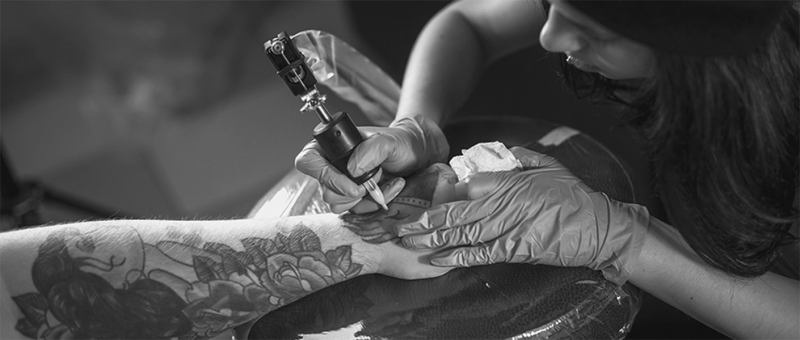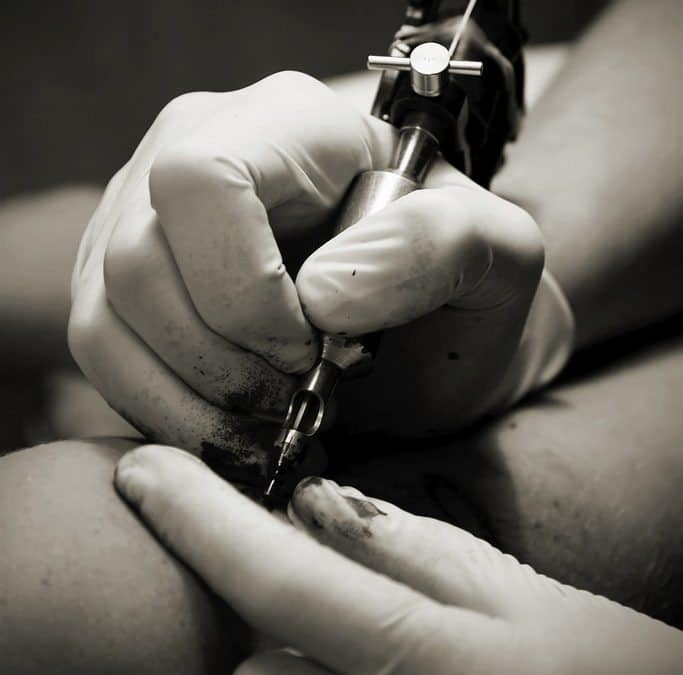Tattoos Stay in Your Skin Because Macrophages Eat the Ink Over and Over
In America, 30% of people have tattoos. However, what is it that, once the ink is there, keeps it there permanently? For many years, the conventional wisdom held that since tattoos are placed on the dermis, the skin's subcutaneous tissue is continually regenerating. But that's not really the case. Your immune system and something called a macrophage are key to the truth.
Tattoo needles pierce the skin's epidermis and inject ink into the dermis, the second layer of skin. This layer is home to dermal dendritic cells, macrophages, CD4+ T cells, and innate lymphoid cells in addition to being abundant in blood vessels, lymphatic vessels, nerves, and other structures. These cells are prepared to react to injury, such as the harm brought on by the tattoo needle puncturing the skin and injecting colour.
If the tattoo does penetrate your dermis, your immune system detects a wound right away. Macrophage-like cells go to the wound and remove the ink. In essence, they are attempting to make it disappear by consuming it. In spite of their attempts to remove all of the ink, the macrophages eventually die and are replaced by fresh ones that consume the old ones.












